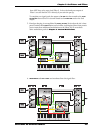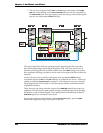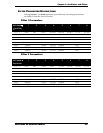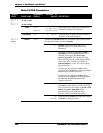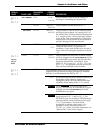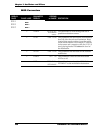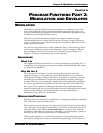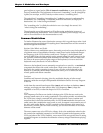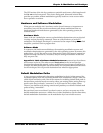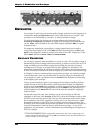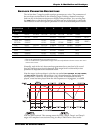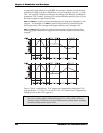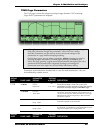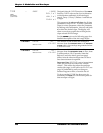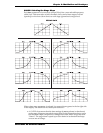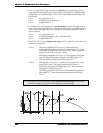
Chapter 6: Modulation and Envelopes
ANDROMEDA A6 REFERENCE MANUAL 133
The LFO section of the A6 also contains an aperiodic mod source called sample-and-
hold (
S & H on the front panel). This classic analog mod, discussed in detail later,
provides yet another random modulation typically based on a noise source rather
than a periodic waveform.
Hardware and Software Modulation
What goes on under the A6’s hood may not be of much interest or importance to
most users, but we’d like to take a moment to talk about modulations that are
hardware-based and mods that are generated by the A6’s operating system, the
software mods.
Hardware Mods
Some of the A6’s modulation sources and modulation destinations exist as physical
circuitry and are physically connected. These are called hardware or hard
wired
modulations. For example, Envelope 3 is connected to the output Voltage Controlled
Amplifier; you don't have to program that.
Software Mods
In contrast to the hardware modulations, the remaining modulation sources and
modulation destinations are generated by the A6’s operating system. By nature, this
makes them... digital. But not to worry: these mods in their raw form are output to a
digital-to-analog converter so, in essence, they are analog modulations at the time
they are put to use.
Appendix B: Table of Software Modulation Sources summarizes the software
mod sources in the A6. The software mod destinations in the A6 are listed per
function throughout this manual, as they are different for each type of function. For
example, the mod destinations for the oscillators are completely different than those
for the envelopes. We will provide destination lists wherever appropriate.
Default Modulation Paths
A key concept to understand when using modulation in the A6 is that many of the
modulation paths in the A6 are already routed in the instrument’s design. These are
called default modulation paths. One of the reasons for including default mod paths is
because these particular mods are used so often, pre-routing makes setting them up
much easier: they’re already “connected” so all you need to do is adjust values.
Those of you familiar with mixing consoles and patchbays can think of default mod
paths as being “normalled”.
But you don’t have to use them if you don’t want to, and you can route any of the
default modulation sources to a whole slew of other destinations. By the same token,
default modulation destinations can be modulation by a host of other sources.



